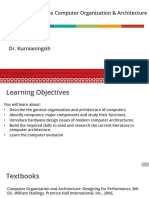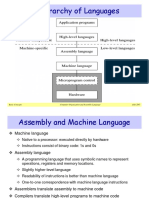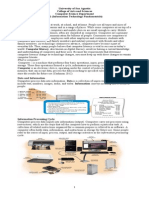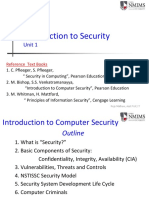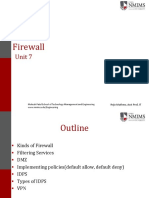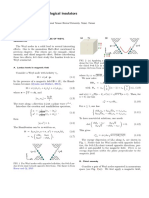100% found this document useful (1 vote)
502 views72 pagesVirtual Memory Management-Operating Systems
This document summarizes key aspects of virtual memory systems discussed in Chapter 9, including demand paging, copy-on-write, page replacement, and page fault handling. It describes how virtual memory allows for logical address spaces larger than physical memory by paging pages in and out of main memory as needed. Page replacement algorithms are used to select victim pages to replace when a page fault occurs and no frame is available. The goals are to reduce I/O and memory usage while providing fast response times.
Uploaded by
Sanket ChavanCopyright
© © All Rights Reserved
We take content rights seriously. If you suspect this is your content, claim it here.
Available Formats
Download as PPTX, PDF, TXT or read online on Scribd
100% found this document useful (1 vote)
502 views72 pagesVirtual Memory Management-Operating Systems
This document summarizes key aspects of virtual memory systems discussed in Chapter 9, including demand paging, copy-on-write, page replacement, and page fault handling. It describes how virtual memory allows for logical address spaces larger than physical memory by paging pages in and out of main memory as needed. Page replacement algorithms are used to select victim pages to replace when a page fault occurs and no frame is available. The goals are to reduce I/O and memory usage while providing fast response times.
Uploaded by
Sanket ChavanCopyright
© © All Rights Reserved
We take content rights seriously. If you suspect this is your content, claim it here.
Available Formats
Download as PPTX, PDF, TXT or read online on Scribd
/ 72





